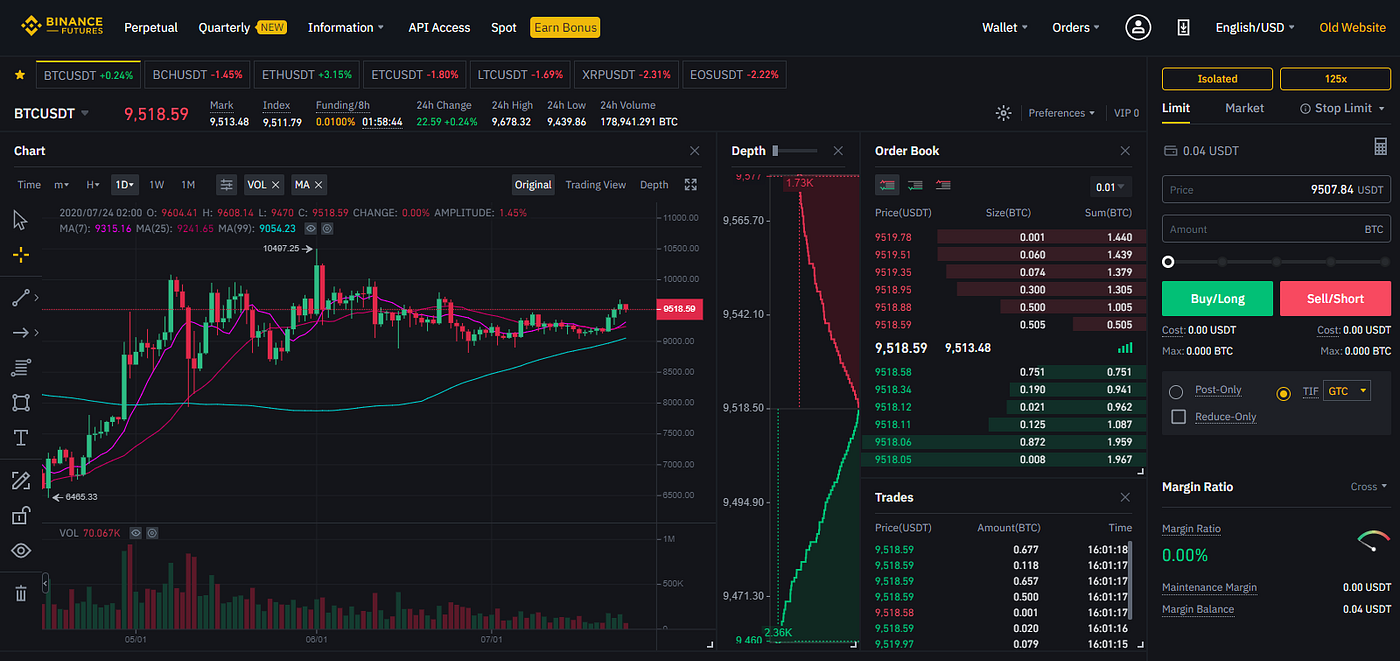Getting My Funds Trading in Bitcoin Futures – Investor Bulletin - SEC.gov To Work


Can Fast Execution Improve Your Futures Trading Performance?
The Ultimate Guide To Using futures as an indicator - Fidelity Investments
Check your investing IQ on SPACs, market indices, ex-dividend dates, and more!
A futures agreement is an arrangement to buy or offer an underlying assetTypes of Assets at a later date for a fixed cost. It's also called a derivative because future agreements derive their value from an underlying possession. Financiers may purchase the right to purchase or sell the hidden possession at a later date for an established rate.


How to Trade Futures - A Complete Guide on Futures Trading - Admirals
By buying the right to offer, the financier expects to benefit from a decrease in the price of the underlying possession. A monetary analyst Designationswould make money from the right to purchase if the cost of the underlying possession boosts. The financier would then exercise his right to buy the possession at the lower price obtained through purchasing the futures agreement, and after that resell the asset at the greater present marketMain Market cost.
What Does Futures Trading: What It Is And How It Works - The College Do?
The financier would offer the asset at the higher market value secured through the futures contract and then purchase it back at the lower cost. Who Trades Futures Contracts? There are 2 kinds of individuals who tradeSales and Trading (buy or sell) futures contracts: hedgers and speculators. Hedgers, These are services or individuals that utilize futures agreements for protection versus volatile rate motions in the underlying commodity.
A corn farmer would want defense from corn prices decreasing, and a corn canner would want protection from corn rates increasing. So, to alleviate the threat, the corn farmer would purchase the right to sell corn at a later date for an established cost, and the corn canner would acquire the right to purchase corn at a later date for a predetermined price.
Both the farmer and canner hedge their direct exposure to price volatility. Let's take a look at the deal from the farmer's side. futures trade io is that he's worried that the price of corn might decline significantly by the time he's ready to harvest his crop and sell it. To hedge the risk, in July he offers short a variety of December corn futures agreements roughly equivalent to the size of his anticipated crop.
